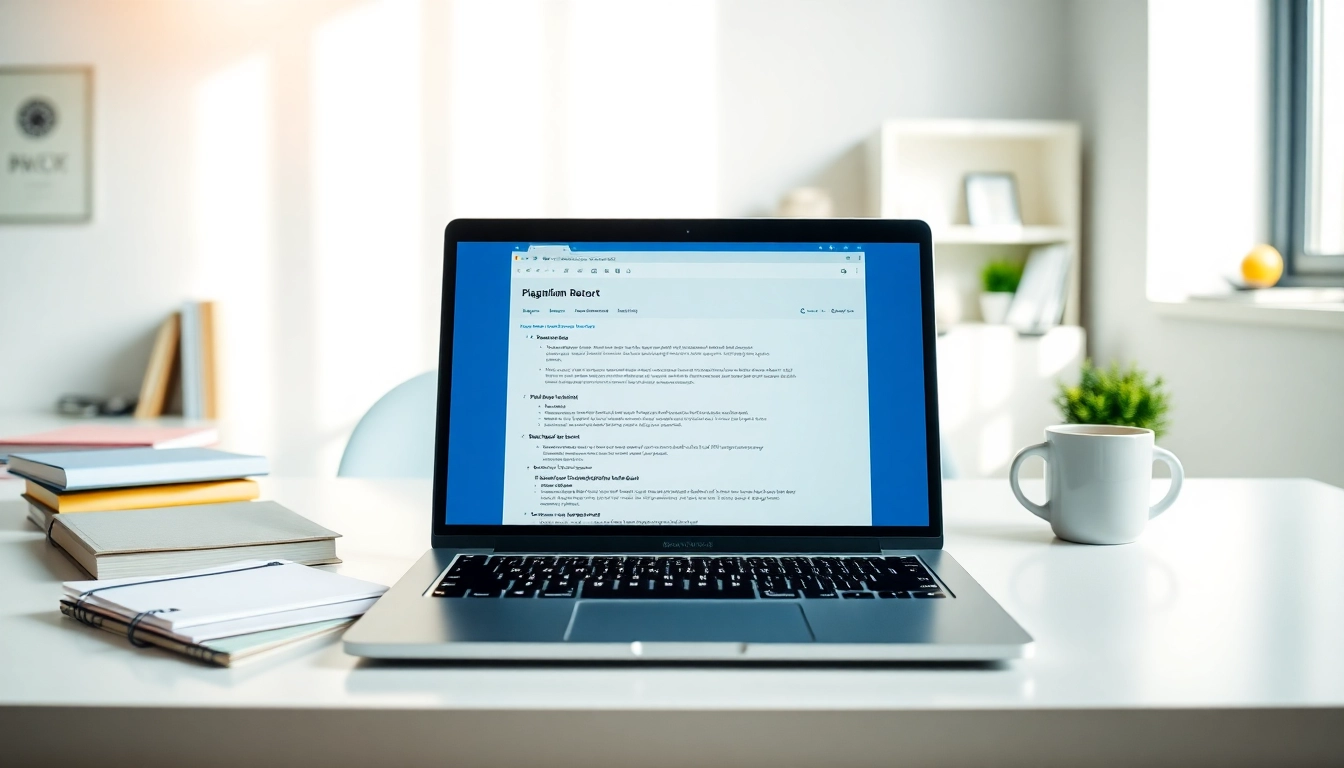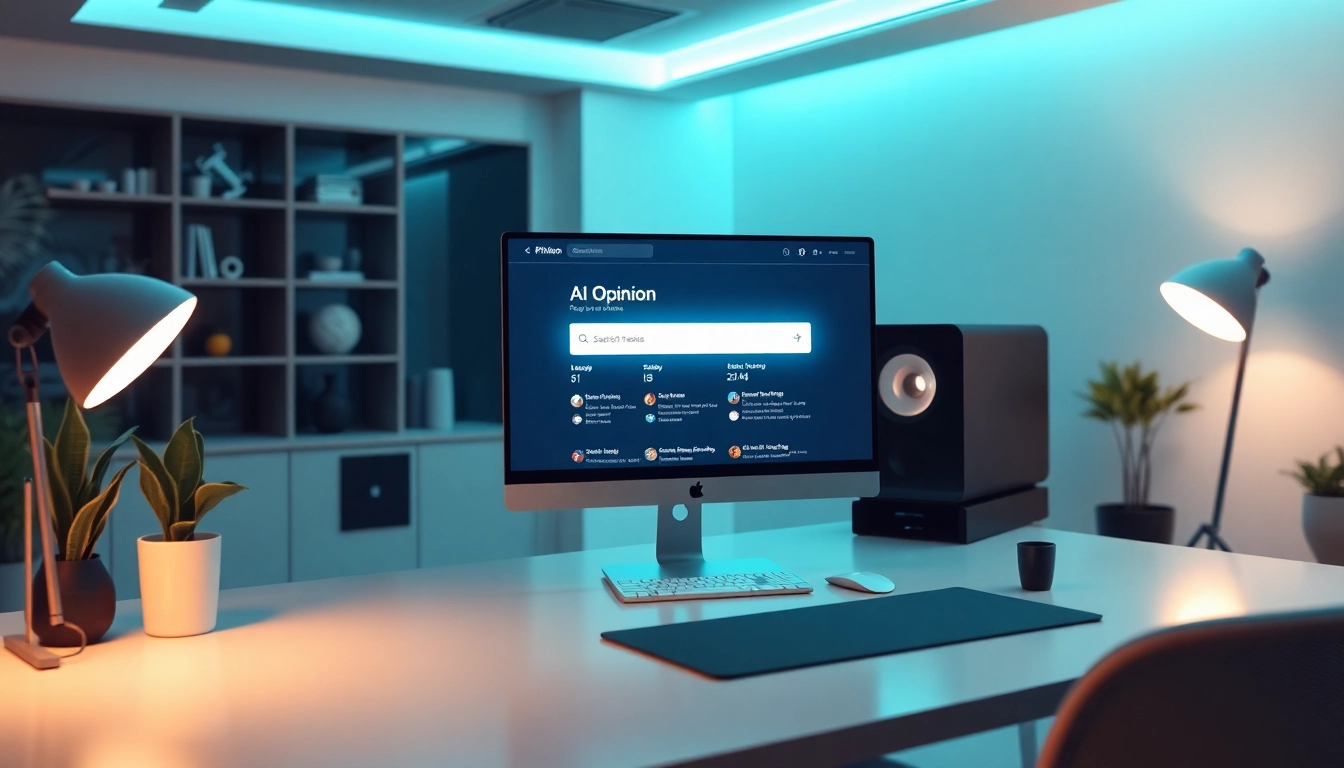Understanding Plagiarism: What Is a Plagiarism Detector?
In an age where information is readily available at our fingertips, the risk of unintentional plagiarism has significantly increased. A plagiarism detector serves as a crucial tool in identifying and preventing the replication of someone else’s work, ensuring integrity in academic, professional, and creative writing.
The Definition and Importance of Plagiarism
Plagiarism is the act of using someone else’s words or ideas without proper attribution, presenting them as one’s own. It can occur in various forms, including direct copying, paraphrasing without credit, and improper citation. Understanding the nuances of plagiarism is essential. It not only undermines the original author’s work but also jeopardizes the credibility and integrity of the writer. Academic institutions, in particular, treat plagiarism with severity; consequences can range from failing assignments to expulsion.
How Plagiarism Checkers Function
Plagiarism detectors employ sophisticated algorithms and databases to compare submitted texts against a vast array of online sources, journals, books, and publications. They analyze the structure, syntax, and originality of the text to identify similarities. Understanding how these tools function can help users understand how to effectively use them in their writing process.
Typically, a plagiarism detector scans the text in real-time or uploaded documents. It compares this content against a comprehensive database of written works. If matches are found, the software highlights them, providing corresponding sources and similarity percentages, which indicate the likelihood that the text has been plagiarized.
Types of Plagiarism Detectors Available
Various types of plagiarism detectors are available, addressing different user needs. These include:
- Web-based Checkers: Tools like Grammarly and Turnitin operate online, allowing users to cross-check their content against a substantial database of published works.
- Software Applications: Programs that can be downloaded and installed, providing offline scanning capabilities.
- Institutional Tools: Specific to educational institutions, these can offer advanced features like integration into learning management systems.
- Free vs. Paid Tools: While many basic detectors are free, premium options often provide more extensive databases, advanced features, and detailed reports.
Finding the Right Plagiarism Detector for Your Needs
Choosing the right plagiarism detector can make a significant difference in maintaining the integrity of your writing. It is essential to evaluate each tool based on a set of criteria suited to your specific needs.
Key Features to Look For in a Plagiarism Detector
When selecting a plagiarism detector, consider the following features:
- Database Size: A larger database will yield more accurate results, as it encompasses a wider array of sources.
- Accuracy: The effectiveness of a detector lies in its ability to provide high precision in identifying copied content without excessive false positives.
- Usability: The interface should be intuitive, allowing users to easily navigate the tool and understand the results.
- Reporting Features: Look for tools that provide comprehensive reports that show exact matches and similarity percentages to help users understand the findings.
- Support for Multiple Formats: The ability to scan different file formats (Word, PDFs, etc.) increases versatility.
Comparative Analysis of Top Plagiarism Detectors
To help readers make an informed choice, it is beneficial to compare leading plagiarism detectors. Here’s a snapshot:
| Tool | Price | Features | Database Size |
|---|---|---|---|
| Grammarly | Free with Premium options | Real-time detection, grammar checking | Over 16 billion web pages |
| Turnitin | Subscription-based | Institutional access, comprehensive reporting | Comprehensive database of academic publications |
| PapersOwl | Free | AI-driven results, various formats supported | Over 10 billion sources |
| DupliChecker | Free with premium options | Simple interface, AI features | Continually updated |
Budget-Friendly vs. Premium Plagiarism Detection Tools
Determining whether to go for a budget-friendly or premium plagiarism detection tool largely depends on your specific needs. Free tools are excellent for casual writing or students working on assignments, while premium options often provide advanced features suitable for professional or academic environments. Research into user feedback and feature comparisons can further guide your decision.
Common Challenges of Using Plagiarism Detectors
While plagiarism detectors are invaluable resources, understanding their limitations can help users avoid pitfalls.
Understanding False Positives and Negatives
One of the most common challenges is the occurrence of false positives and negatives. A false positive occurs when the tool flags original content as plagiarized due to similarity in wording or phrases. Conversely, a false negative may happen when the tool fails to detect actual plagiarism. Users must critically assess the reports provided and confirm findings rather than rely solely on automated results.
Coping with Different Writing Styles and Formats
Plagiarism detection can also struggle with unique writing styles and various formats. Academic writing often varies significantly from creative writing, and detectors might misinterpret common phrases. Familiarizing yourself with how different detectors analyze texts can help mitigate these challenges. Utilizing rewriting tools, for example, can add uniqueness while preserving meaning.
Interpreting Plagiarism Reports Effectively
Finally, interpreting the results from plagiarism checkers can be perplexing. Understanding the metrics, such as similarity indices and suggested sources, is vital in ensuring that the content meets academic and ethical standards. Educators and students alike should prioritize reviewing the flagged sources, evaluating the appropriateness of quoting or paraphrasing them, and making necessary adjustments to comply with intellectual integrity.
Best Practices for Avoiding Plagiarism
As useful as plagiarism checkers are, taking proactive measures to avoid plagiarism from the outset is equally vital.
Proper Citing and Referencing Techniques
Proper citation is the bedrock of good academic writing. Familiarizing yourself with various citation styles such as APA, MLA, and Chicago, and strictly adhering to them can eradicate potential plagiarism issues. Leveraging citation management tools can simplify this process by organizing and formatting references correctly.
Utilizing Content Paraphrasing Tools
Paraphrasing tools can assist in rewording existing texts while maintaining their original meaning. These tools transform sentences into new constructions, aiding in originality. However, it’s essential to ensure that the rephrased content still accurately reflects the source’s intent. Recognizing when to use these tools effectively is crucial in avoiding plagiarism.
Establishing Originality in Academic Writing
Encouraging original thought and expression can significantly minimize instances of plagiarism. This involves engaging deeply with the topic, synthesizing information from multiple sources, and reflecting on personal insights. Group work and peer reviews can foster collaborative environments where ideas flourish, ensuring the production of unique output.
Evaluating the Effectiveness of Your Plagiarism Detector
To maximize your use of a plagiarism detector, continuously evaluate its effectiveness.
Analyzing User Feedback and Reviews
Before committing to a plagiarism detection tool, seeking user feedback such as reviews on various platforms can offer invaluable insights into its effectiveness. Users often share experiences regarding accuracy, ease of use, and overall functionality that can influence your choice.
Performance Metrics to Track
Key performance metrics, including the rate of false positives, the number of sources examined, and detection speed, can indicate a plagiarism tool’s reliability. Regularly monitoring these metrics can inform whether it continues to meet your needs over time.
Improving Detection Accuracy Over Time
The technology behind plagiarism detectors is continually evolving. Staying updated with new features or algorithm updates can enhance detection accuracy. Many tools also conduct routine updates to their database, which can significantly impact performance and reliability. Engaging with the community or forums can yield tips on optimizing tool usage for better results.



